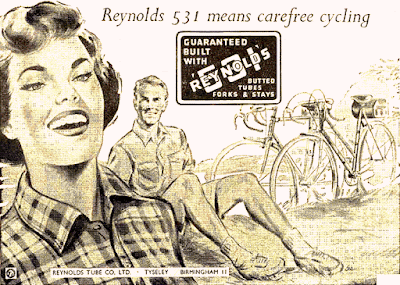(For this post, I am invoking my Howard Cosell Rule.)
Having just returned from an amazing trip to Japan, I would be remiss if I didn’t mention this: On this date 80 years ago, Colonel Paul Tibbets flew a B-29 bomber (named Enola Gay, after his mother) over Hiroshima, where Major Thomas Ferebee dropped what has most likely proven to be the single most influential object of the 20th Century.
I am talking, of course, about “Little Boy,” a 4400 kilogram (9700 pound) hunk of metal encasing 64 kilograms (141 pounds) of highly enriched uranium.
(That nickname should tell you that any military organization thrives on dark or sick humor precisely because it’s incapable of irony.)
Why do I say it’s the most influential object of the 20th Century? Well, if you will indulge me a cliche, the atomic bomb probably did more than anything else to change the world.
For one thing, the Hiroshima bombing, and that of Nagasaki three days later, underscored a point that only a few influential people seemed to understand after World War I: the human race, for all of its accomplishments, is the only one capable of willfully destroying itself. If one atomic bomb could cause so much death and destruction, multiple uses of nuclear weapons—indeed, the continuation of war itself and everything that enables or results from it—would be the end of us.
(Sometimes I think the leaders of nations, including mine, are doing everything they can to ensure our annihilation.)
Now, minds greater than mine —and people who, I admit, are simply more knowledgeable about the war and military history—argue that the Hiroshima and Nagasaki bombings hastened the end of the war. While Japanese forces indeed surrendered just days later, it could also be argued that for all of their will, they might not have been able to continue fighting much longer: major cities and industries had already been destroyed and people were deprived, even on the verge of starvation.
Here is something that, to my knowledge, is never mentioned in high school, or even college, history classes and textbooks: On 8 August —two days after the Hiroshima nuclear attack and the day before the one in Nagasaki—the Soviet Union declared war on Japan and, a day later, invaded Manchuria, the region of northeastern China Japan invaded in 1931.
(A few paragraphs ago, I said military organizations are incapable of irony. But their actions sometimes have ironic consequences.)
Some military historians have argued that this was at least as much of a factor as the bombings in Japan’s surrender. Before the declaration of war against Japan, Soviet forces fought to defend their own country and with the Allies throughout Europe. When the Nazis surrendered on 8 May, the Soviets could turn their attention eastward, as per the Yalta agreement.
The Soviet Union, as badly depleted as it was*, nonetheless effectively doubled the number of troops available to fight their Japanese adversaries. Some have argued that alone would have been enough to bring a quick end to the war, as Japanese forces—many of whom were, by that time, ill-equipped and malnourished—were outnumbered by four or five to one.
Whatever the case may be, the lesson of Hiroshima and Nagasaki is not to repeat them.
*—The Soviet Union had already lost 20 million people, or about 12 percent of its total population. That would be like the US, with its current population, losing every resident of California.

























